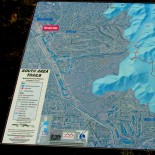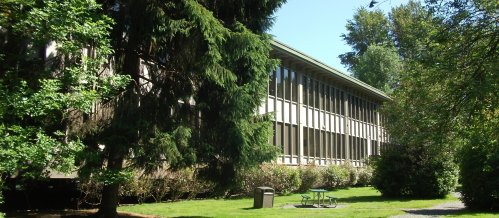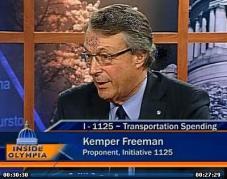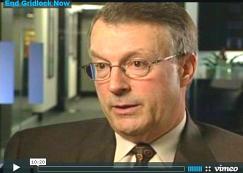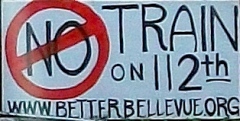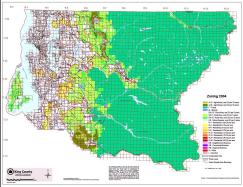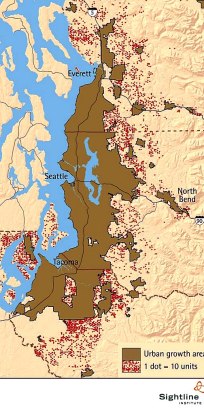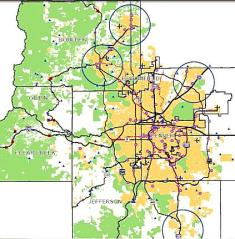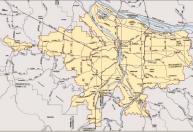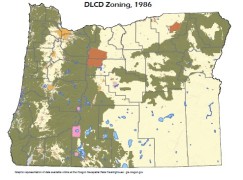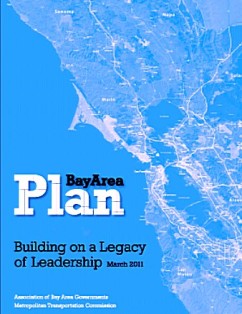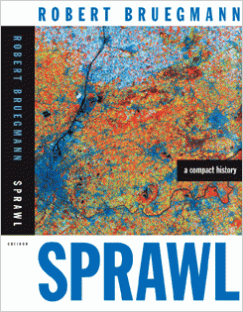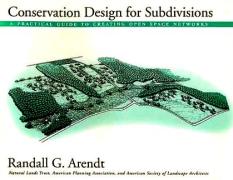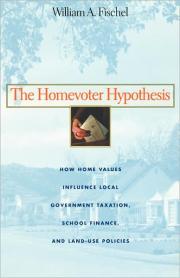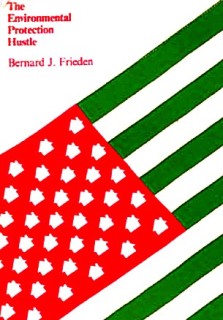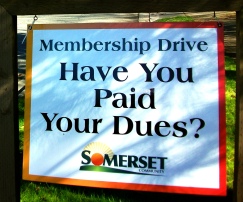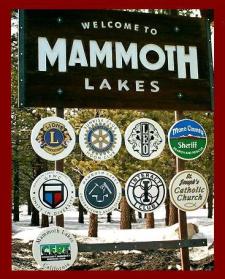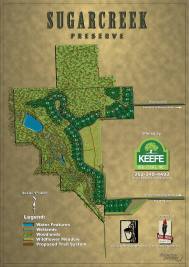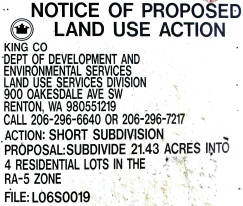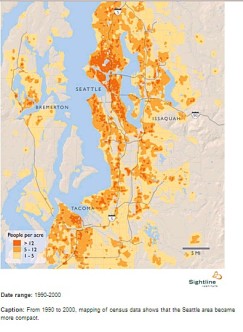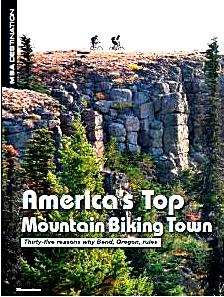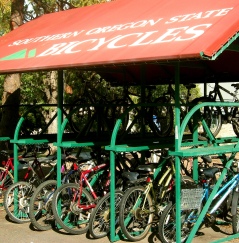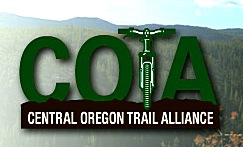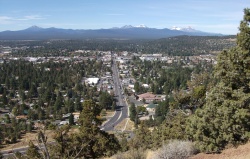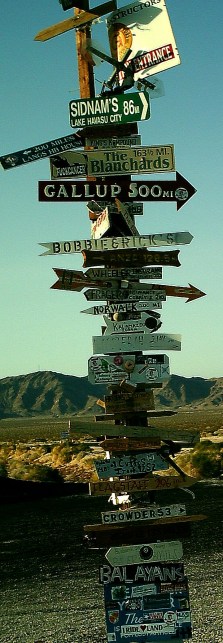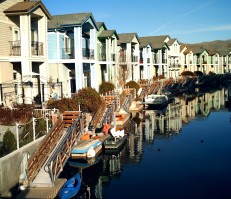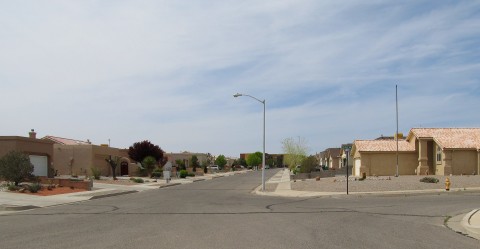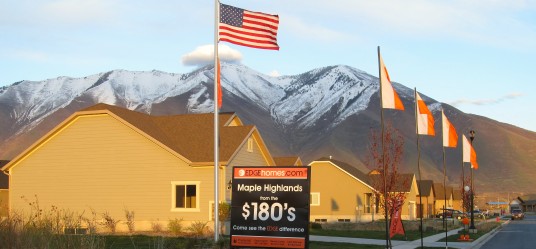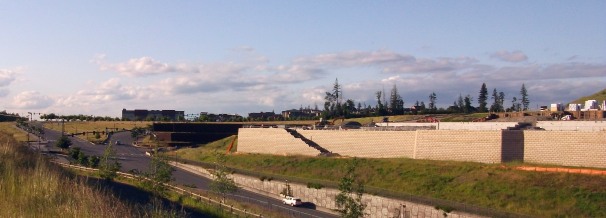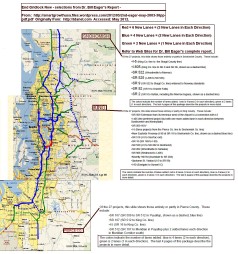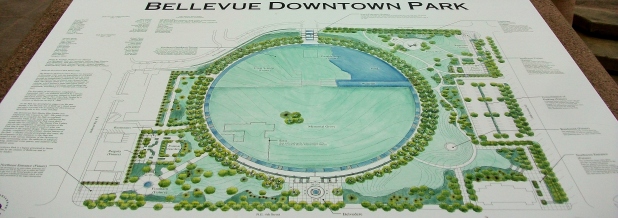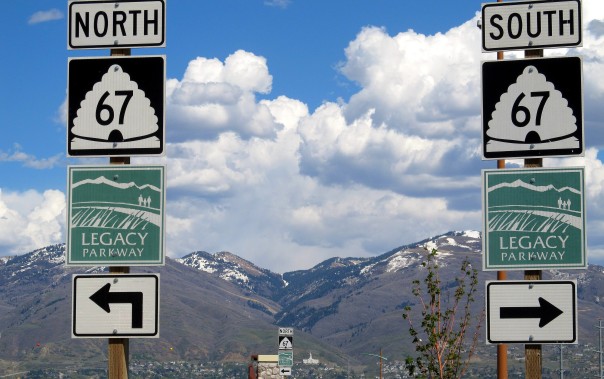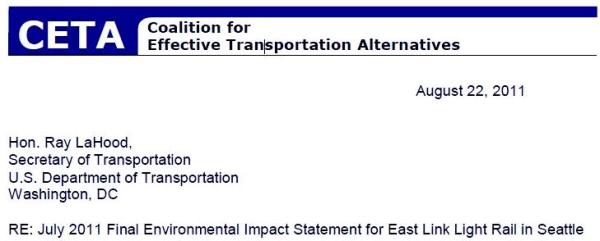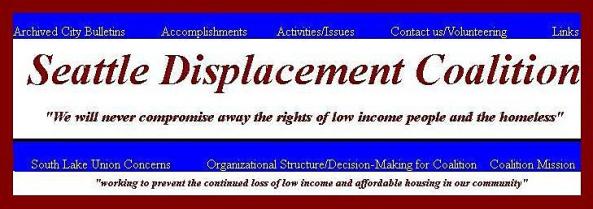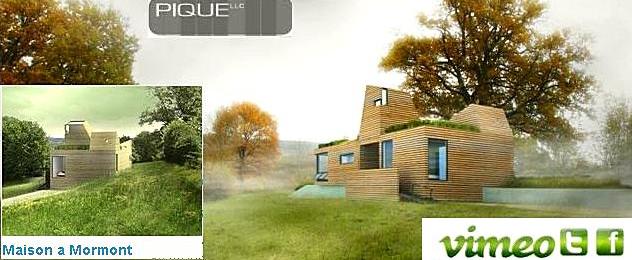"Smart Growth" and "New Urbanism" Compared with "Large Lot Zoning" (Tom Lane) [ Home Page – Click Here]
(May 17, 2017) – Traditional "Large Lot Zoning" is "Greener" than "Smart Growth" within Urban Growth Boundaries . . . Copyright 2009 – 2017 . . . Tom Lane . . . Photographing California, Arizona, Nevada, New Mexico, Colorado, Utah, Oregon, and Seattle, Washington.
Seattle Urban Planners Lose Jobs as Impact Fee Revenues Decline, as Building Permits Drop by 75%
Above: Mt. Rainier from the Port of Tacoma, looking Southeast. From where I’m standing, urban sprawl extends intermittently 80 miles north to Everett, and 30 miles southwest to Olympia.
Instead of providing one acre lots, urban planners in the Puget Sound Regional Council (under Vision 2040) wish to contain the region’s future growth, within a series of concentric Urban Growth Boundaries.
Growth management has been a part of the region under state law since 1990, resulting in a housing bubble. Currently, construction has stalled, and the region’s future remains uncertain, with foreclosures, high unemployment, and an increasing interest in areas with safer schools and cheaper housing such as Bend, Oregon and Kittitas County (Eastern Washington).
In addition, free trade policies have negatively impacted local manufacturers, who have faced competition with cheap imports.
__________________________________________
When Urban Planners enact policies that result in booms and busts causing them to lose their very own jobs, than it’s time for a different approach. The Seattle Times reports on September 2, 2010 that Seattle and King County Impact Fees have diminished, forcing layoffs of King County planners.
King County’s development staff was cut nearly in half, from 244 in 2007, to 132 today. Those who are still employed are working 36 hours a week. This parallels a 75% drop in new single-family housing permits over two years, from 1,347 in 2007 to 429 in 2009. (The article does not state 2010 numbers.)
In Snohomish County, the development staff was cut from 245 to 98 over the same period. Single-family permits have decreased by 60%, from 2,500 in 2007 to 1,168 in 2009. However, in 2005, Snohomish County had 3,900 permits. That’s a 75% drop over a four year period.
Of note to the urban growth boundary and impact fee debates, Bill Hurme of John L. Scott told the Times that “a surplus of developable lots, that is, raw land to which utilities, sidewalks, and gutters have been added (already!), has contributed to the slump in construction.”
He also said that builders are unable to get loans, and that few buyers are in the market for homes.
So, one may surmise that if utilities and sidewalks are in place, then perhaps impact fees have been paid on these properties. Could this mean that contractors have spent a lot of their assets on high impact fees, and consequentially, the banks view them as too risky?
Overall, the state of Washington lost 81,000 construction jobs since August, 2007. And, 2,100 architects and civil engineers have lost their jobs as a result of the housing slump.
In addition, 22,000 individuals in banks and financial services that fund land acquisition, development, and construction have lost their jobs.
The article also discusses the life of local veteran planner Craig Krueger, and his layoffs and a significant salary decrease.
_________________________________________
Overall, the bubble in Seattle is likely a result of high permitting fees, excessive political involvement in construction at both the local and state levels, and the 1990 Washington State Growth Management Act.
According to Theo Eicher, University of Washington Professor of Economics, median inflation-adjusted home prices in Seattle increased from $221,000 in 1989 to $447,800 by 2006.
$200,000 of this increase (about 90% of the total), was a result of land-use regulations, including the state’s Growth Management Act. Other U.S. cities with land use regulations had an increase of half of this amount.
Theo Eicher, who has free links to his papers and real estate data on his web site, says that supply was limited due to growth restrictions, while demand remains constant, resulting in an increase in home prices. This compares to Atlanta or Houston, where supply is not constrained with land use restrictions, and prices increase at the rate of inflation.
The Seattle scenario is similar to many other Superstar cities, where supply does not keep up with demand, and housing prices skyrocket, as I discuss here.
Eicher also found that Seattle has its own land use restrictions, including time consuming neighborhood planning processes.
In addition, compared to 250 major cities, Seattle was in the top 10% in local political pressure influencing land use, and first nationwide in state involvement in land use decisions.
In terms if impact fees, another University of Washington study from Shisha Mathur, Paul Waddell, and Hilda Blanco, found that Impact Fees increase new home prices from 166% to 358%, of the cost of the fee itself, in King County.
Overall, in early September, 2010, the Washington State Economist Arun Raha, cut the 2011 employment growth forecast from 2.7% to 1.3%. Raha does not expect to see pre-recession peak in employment until 2013.
The Puget Sound Regional Council and Vision 2040:
The Puget Sound Regional Council is responsible for administering the state of Washington’s Growth Management Act, that is, specifically in King, Pierce, Snohomish, and Kitsap Counties, under the plan Vision 2040. The plan can be viewed in pdf downloads by way of the home page.
Vision 2040 includes a regional Urban Growth boundary, which surrounds additional concentric rings of additional UGB’s, along with protected agricultural land. The plan also includes regional smart growth centers with towering condos, mixed use residential, and mass transit, with high traffic and high air pollution.
(Below is a panoramic photo of an urban growth boundary surrounding Bonney Lake, Washington, followed by agricultural land and then additional municipalities.)
The Vision 2040 plan is opposed by young families barely scraping by, many stuck renting or about to foreclose, who prefer low density properties, with lawns and trees. These folks are saying goodbye, cashing out in places with better amenities and less crime such as Bend, Oregon.
A pdf document of the Vision 2040 Map is available here.
Clearly, the housing bubble and crash in the Seattle area has multiple causes, but is tied to impact fees and land use restrictions. Construction is not rebounding in the Seattle area, as builders can’t get loans. Removing obstacles to growth, and decreasing regulations and taxes to pre-1990 levels, could help.
As for banks who won’t give loans to Seattle contractors, I don’t blame them, and I don’t know what to do. As for consumer confidence, I’d agree with the Bob Brinker caller who (in my previous post), suggested that the middle class cash out in (well, yes, Superstar Cities), and move to Arizona and Florida and buy cheap condos.
Perhaps if all the urban planners in Seattle still employed at 36 hours a week would resign and move to rapidly growing Texas, it would cause the politicians to wake up? I’d suggest Austin, since of all cities in Texas, the politics are closest to Seattle, and homes cost one half what they do in Seattle.
Overall, my web site photos from traveling to Seattle reveal a place with smart growth and infilling that isn’t renting. And, photos of expensive traditional size homes that aren’t selling for up to $600,000, at the edge of the metro, such as Panorama West in the developing, family oriented suburb Bonney Lake, where selecteed homes on their web site are over $400,000, 40 miles from downtown Seattle in the shadow of Mt. Rainier:

Panorama West, new development overlooking the Puyallup and White River valleys, in Bonney Lake, Wa.
Example of an Urban Growth Boundary:
Below, looking northwest from Bonney Lake, Washington from the Panorama West development. The agricultural land is beyond an urban growth boundary that surrounds the Cities of Orting and Bonney Lake.
These farms border the Cities of Puyallup and Orting. The regional seemingly contiguous three county urban growth boundary is to the east of this area, blocking growth from most of Pierce, King, and Snohomish counties, despite the absence of significant agricultural or terrain obstacles. Click here for a map of Vision 2040, with the UGB’s and regional smart growth centers.
Far outside of this three county nearly contiguous UGB are additional towns with their own UGB’s, such as North Bend, Enumclaw, Buckley, and Eatonville. Commuters from these towns will travel up to 80 miles round trip, every day. This phenomena is called “leapfrogging,” and increases CO2 emissions (by way of leapfrogging past urban growth boundaries on the way to work). This is another way of why smart growth is not green, and under some circumstances can actually increase dependency on foreign oil.
This chaotic planning and associated long commutes and fuel costs drive many young families to leave for rural and exurban counties, such as Deschusets County (Bend, Oregon), for shorter commutes, safer schools, and less expensive housing (as I discuss in several other posts).
Here’s the edge of the development, agricultural land, Puyallup, Sumner, Federal Way, and the Olympic Mountains:

Looking Northwest from Panorama West, the Olympic Mountains in the distance. The hill to the left is Puyallup. The distant hill to the right is Federal Way. The Agricultural Land in the valley is beyond the "Bonney Lake-Orting" Urban Growth Boundary. The farms are near Puyallup and Sumner.
Looking uphill in the opposite direction as the above photo, towards the southeast. Agricultural land in the foreground, then the urban growth boundary, and then the City of Bonney Lake and the Panorama West development, and Mt. Rainier fully illuminated at 8pm.

Looking southeast past the farms and urban growth boundary to Bonney Lake and the Panorama West development, with Mt. Rainier in the background.
